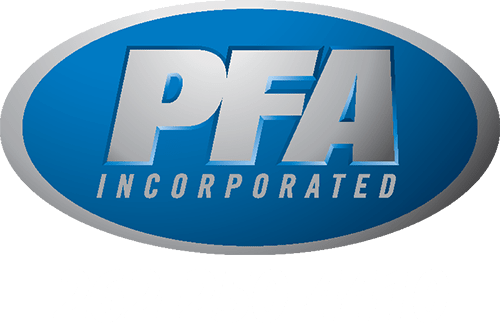Because aluminum, carbon steel, and stainless steel each contain properties that respond uniquely during fabrication, while under stress, and over time, it is critical to acknowledge these differences before deciding on the suitable material for your project. That is why it is essential to take this selection process as seriously as you do your manufacturing. Even though one metal is not necessarily better than another, one metal for one particular project may not be the best choice for a different project. Because the sheet metal you select directly impacts quality and price, it is imperative to do some comparison before making a decision.
Aluminum
As the most abundant, naturally occurring metal in the earth’s crust, aluminum is quite literally everywhere. In fact, almost everyone in the U.S. uses aluminum in their daily lives. Due to its light weight and durability, aluminum is known as “the metal of modern life.” In fact, aluminum is ideal for fuel-efficient cars, electronics, and buildings due to its versatility, as well as its non-toxic, corrosion-resistant surface. The airplane you fly in for your latest business trip or family vacation would not be possible without lightweight aluminum. Additionally, a large percentage of all aluminum produced globally is still in use today due to its recyclable characteristics. Because of its lightweight, durable, and infinitely recyclable features, aluminum adds value to numerous applications.
Carbon Steel
As a highly malleable metal, carbon steel is one of the most widely used steel metals. While low-carbon steel is popular for its low cost and strength, high-carbon steel’s lighter weight and ability to hold a finely sharpened edge is found more commonly in niche-specific opportunities. There are four finishes of carbon steel: hot rolled, cold rolled, galvanized, and galvannealed. Used for forming steel, hot rolled is less expensive than cold rolled whereas cold rolled steel is more brittle and may create issues with forming operations. And since carbon steel is brittle, it is not ideal for welding. Additionally, it may crack in below-freezing temperatures due to a loss of flexibility.
Stainless Steel
Stainless steel is created when carbon steel is given an additional layer of chromium oxide. This extra protective layer prevents corrosion and rusting, making it ideal for sinks, street furniture, water tubing, etc. The chromium content allows the formation of a tough, adherent, invisible, corrosion-resisting film on the steel surface. This protects the material long-term, unlike other protective coverings that dissolve or wear down over time. Special high chromium and nickel-alloyed grades are fire and heat resistant. Additionally, the easy cleaning ability of stainless steel makes it a hygienic choice when cleanliness is a matter of importance. Though stainless steel has a higher initial cost, stainless is often the best value option for the entire life of a project.
Why choose PFA for your automation solutions?
If your robot tooling needs to be able to pick up, manipulate, and place products, you will need gripper technologies. PFA offers durable gripper backplates to make your application a success. With so many types, sizes, and configurations on the market, it can be daunting when selecting a gripper backplate that is best for your robot tool. Let us help you get a grip on your automation system by contacting us today or calling 262-250-4410.

